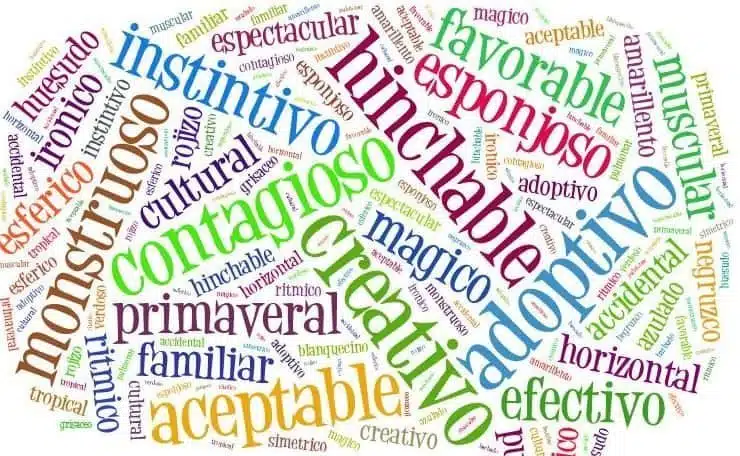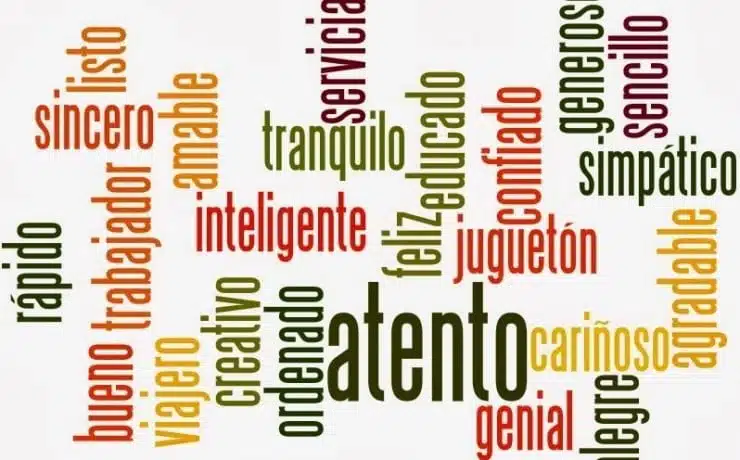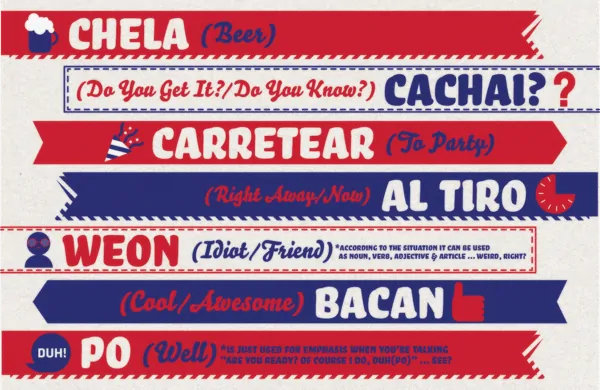
“Severe” doesn’t mean “severo”
When you first see or hear the Spanish word “severo” you immediately think to yourself “oh, it must mean “severe”! They are spelled and pronounced almost identically.” Well, in fact that’s where the similarities stop; their meanings are quite different. “Severo” is an adjective that we use to describe the










